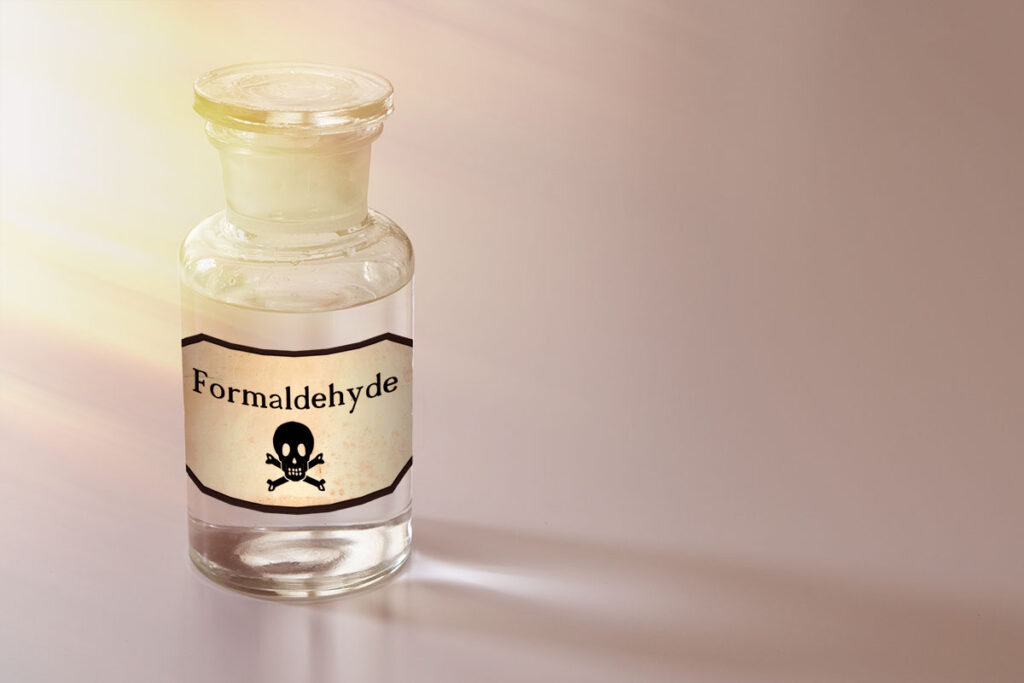Formaldyhe is among the most commonly encountered chemicals in the air. It has been used for more than a century in numerous chemical plants, hospitals and in research facilities. It has been the focus of study by toxicologists, epidemiologists, and occupational physicians for at least 70 years.

We have been involved in the study and regulation of this chemical for the past 35 years. We have conducted studies to understand formaldehyde’s capacity to cause irritation at low doses, and its alleged potential to cause respiratory cancer in workers exposed to very high doses for many years. We have submitted comments to regulatory and non-regulatory bodies regarding the acute and chronic doses that we believe are hazardous.
We have also studied formaldehyde exposures from residential materials, including laminate flooring.
© 2020 All rights reserved